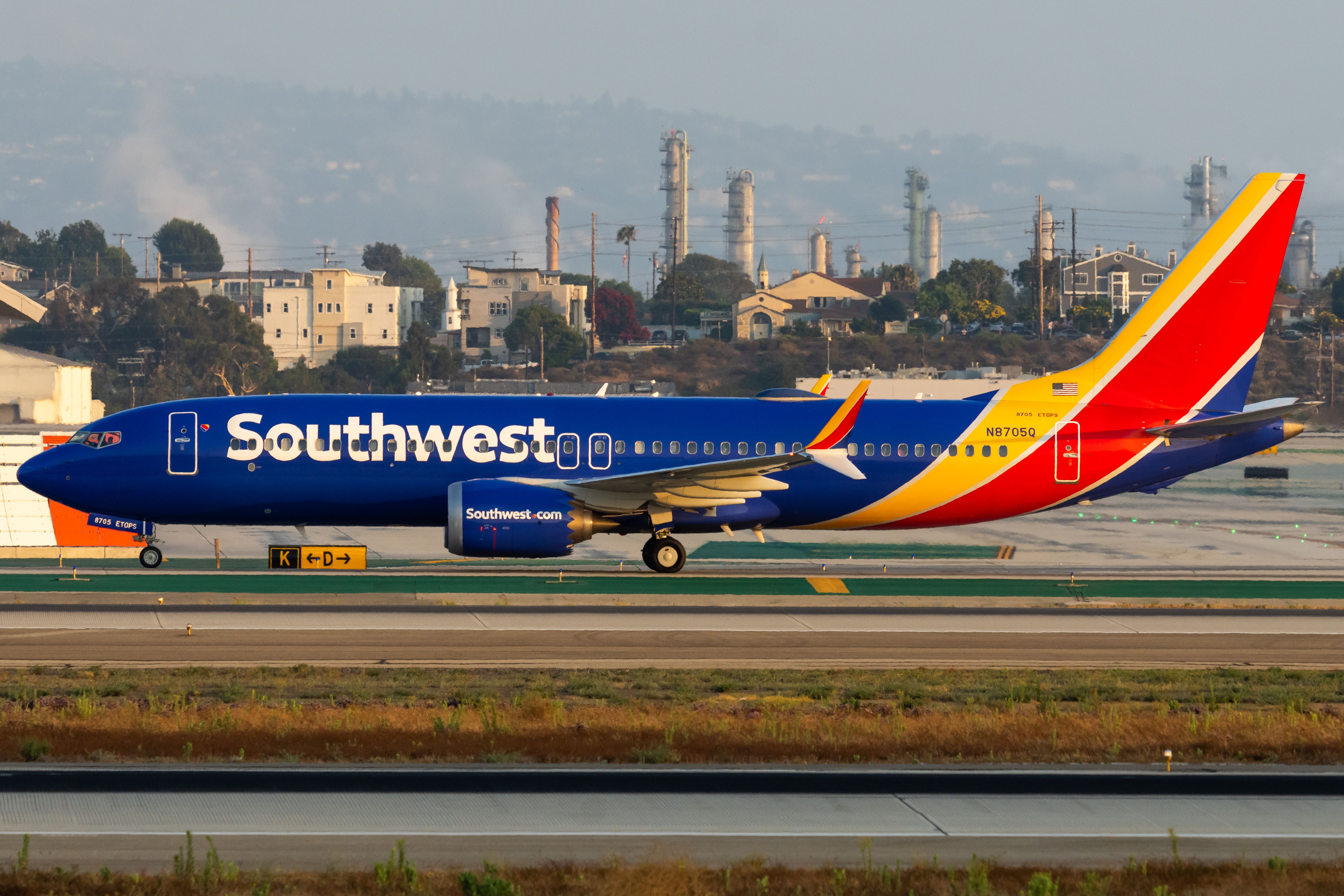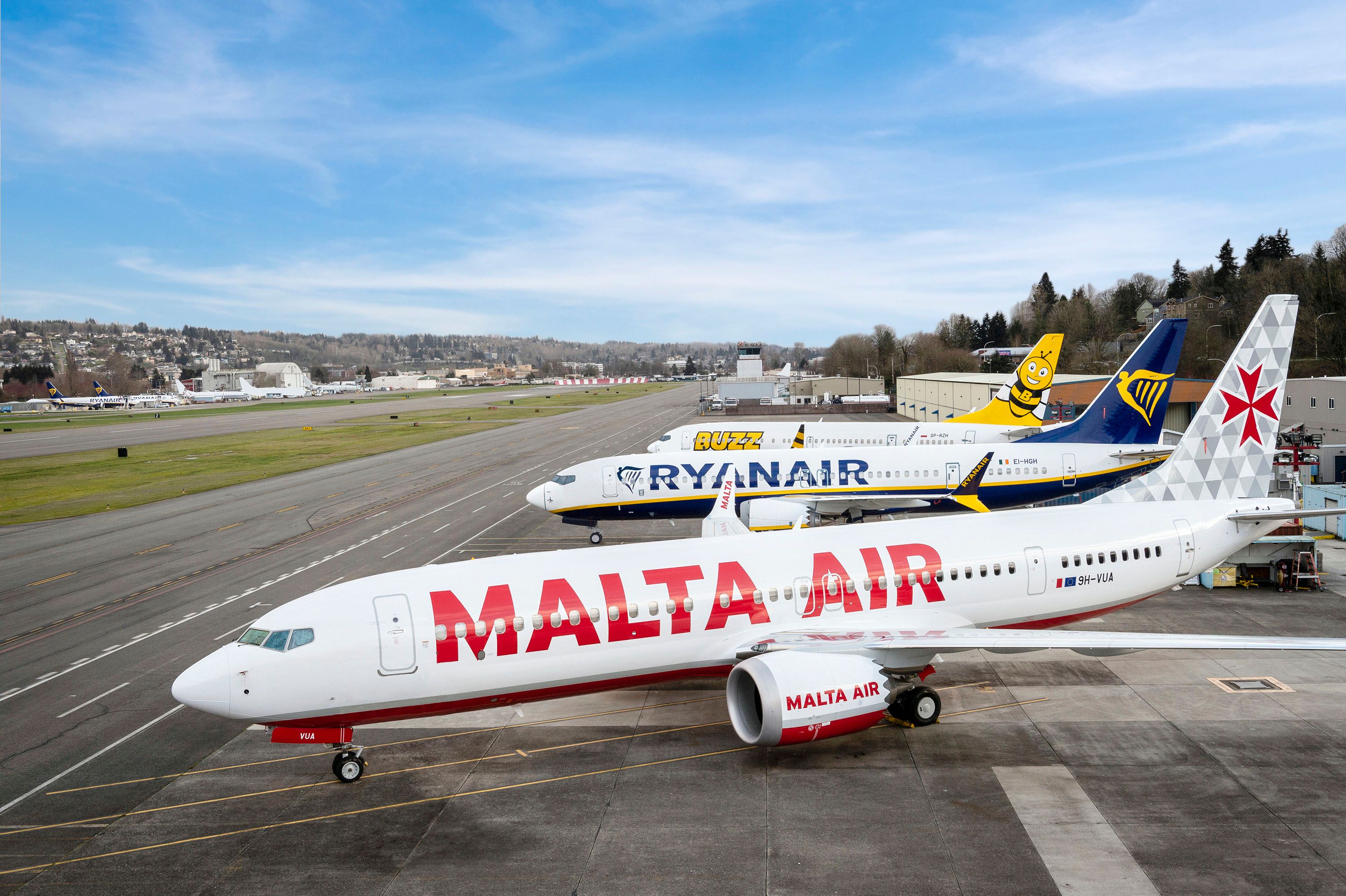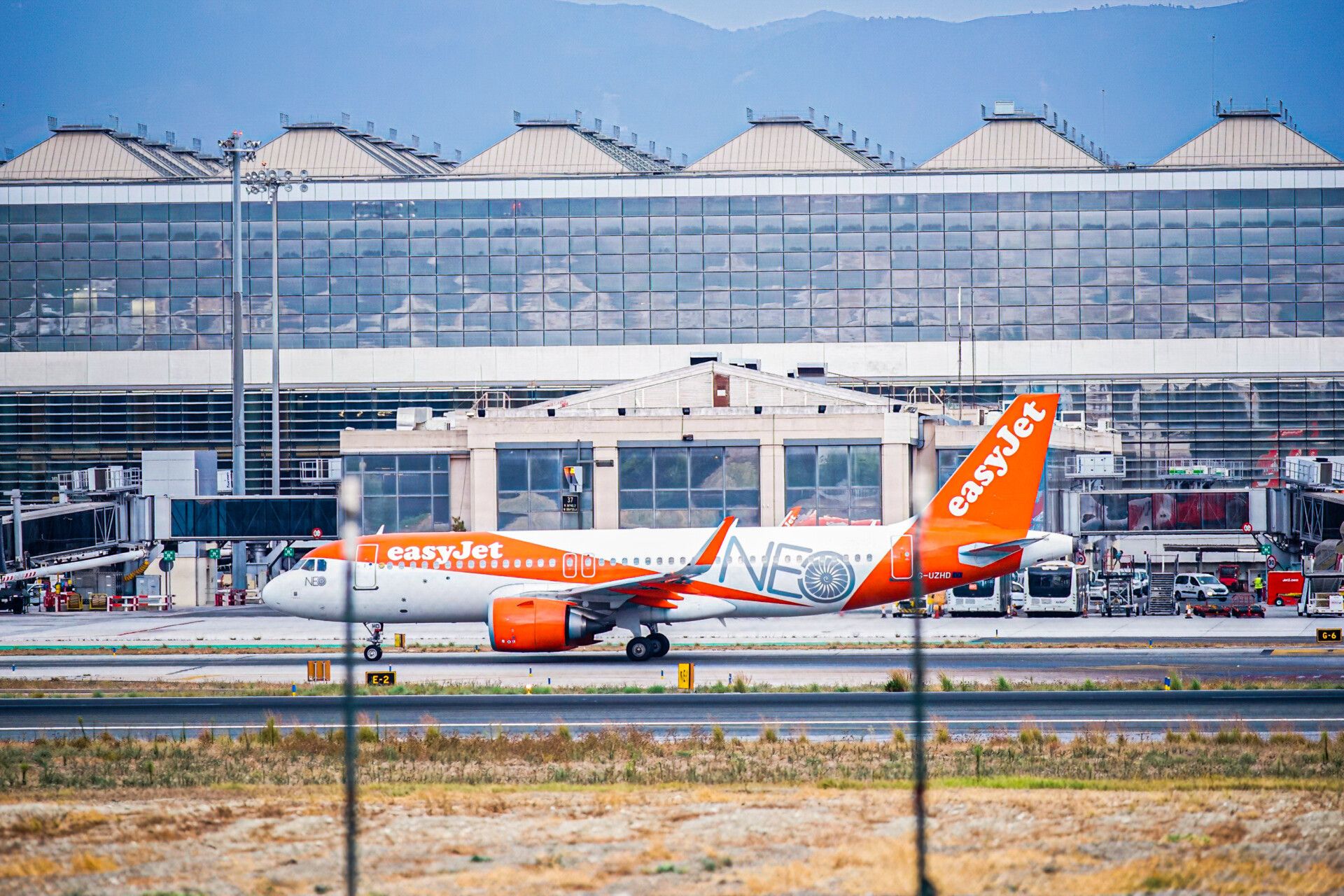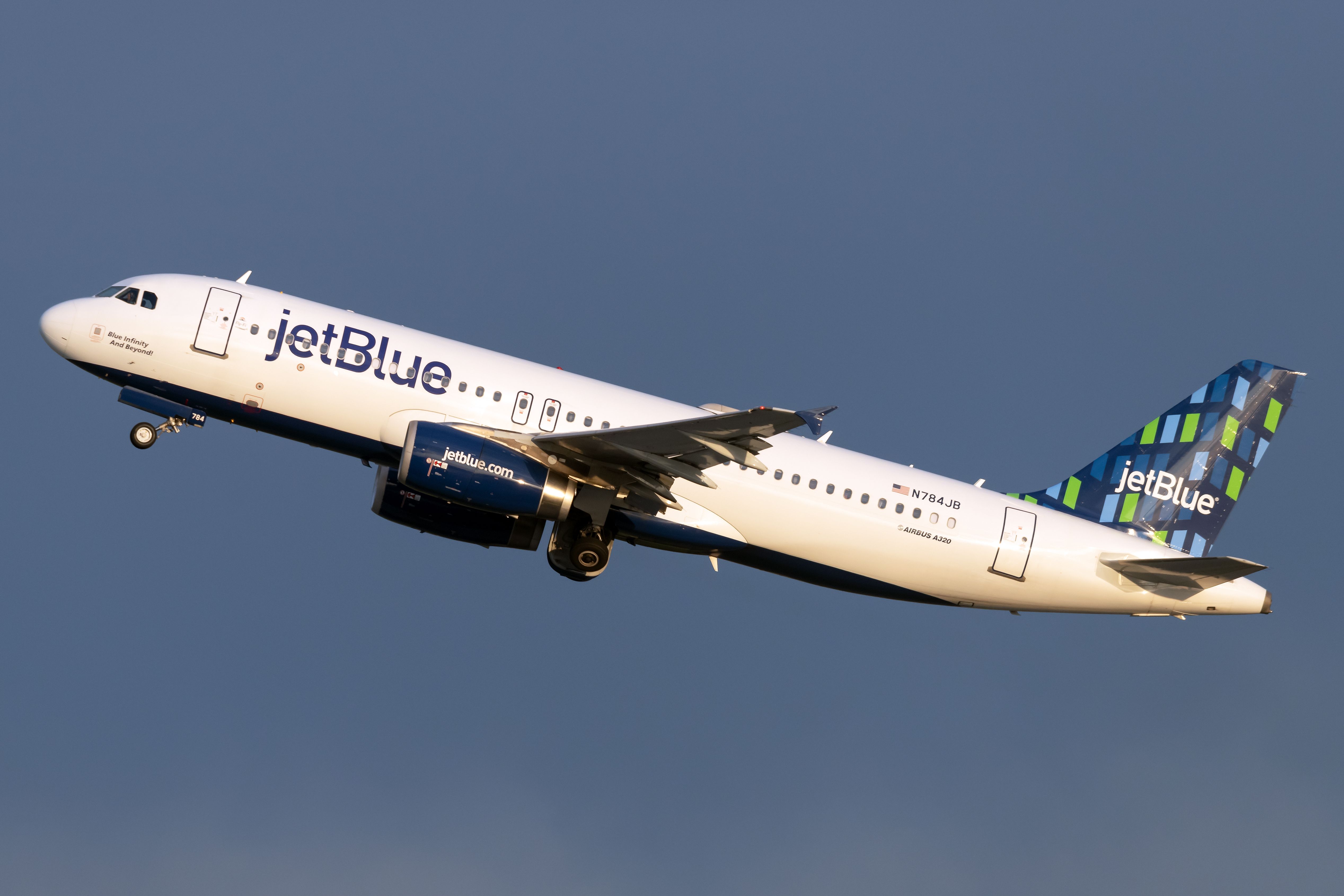The low-cost airline market has changed a great deal since Southwest Airlines started the concept in the 1970s. Low-cost airlines have increased in number, appeared in almost all parts of the world, and now rival the largest legacy carriers in terms of size. The divisions between low-cost and full service have narrowed too. More and more full services carriers have introduced elements of low-cost service (and even separate airlines), and low-cost airlines have more ambitions that just short haul regional flights. With all these changes underway, it’s a good time to take a look at the current market and the largest low-cost airlines.
Southwest Airlines – 726 aircraft
The United States’ first major low-cost airline still tops the list as the largest. Southwest Airlines currently (as of April 2022) operates a fleet of 726 aircraft. This makes it the fourth-largest operator by fleet size globally – behind American Airlines, Delta Air Lines, and United Airlines.
It is well known for its all Boeing 737 fleet, and is the largest Boeing operator today. The Boeing 737-700 makes up the largest share of the fleet, at 449 aircraft (and 65 more in the past). From the Next Generation Series, it also operates the larger 737-800, with 207 aircraft. Historically, it has also operated the Boeing 737-200, Boeing 737-300 and Boeing 737-500 as well as the Boeing 717. Fleet size and order data for all airlines is based on data from ch-aviation.com.
The 737-700s are aging though, with an average age now of 17.5 years. These will gradually be replaced by the 737 MAX. It’s 737-800s are much younger, with an average age of just 6.7 years.
The airline is a major adopter of the Boeing 737 MAX. It currently operates 70 MAX 8 aircraft and has a further 146 on order. It also has a huge order for the 737 MAX 7 aircraft – of 259 aircraft. In early 2022, the airline suggested the 737 MAX 7 may not enter service until early 2023.
Ryanair – 496 aircraft
Irish low-cost airline Ryanair operates flights across Europe, and was the first of the main low-cost airlines in Europe to start service. It has built up a fleet of 263 aircraft. When aircraft operated through its subsidiaries Buzz, Malta Air, and Lauda Europe are included this rises to an incredible 496 aircraft.
Stay informed: Sign up for our daily and weekly aviation news digests.
Ryanair operates a majority Boeing 737 fleet, but the Airbus A320 has been added through Lauda Europe. It still operates one Boeing 737-700 aircraft, but the main aircraft is now the Boeing 737-800 (with 402 aircraft between all operators). The Boeing 737 MAX is a major part of the strategy going forward. It started taking delivery of the Boeing 737 MAX 200 in 2021. It now operates 62 aircraft and has a further 146 aircraft on order.
The 737 MAX 200 will operates across the subsiduaries. Photo: Ryanair
For anyone interested how the other European low-cost airlines stack up – easyJet is the next largest with 326 aircraft, and Wizz Air after that with 153 aircraft (with these airlines also operating through several companies in different locations).
easyJet (UK and Europe) – 326 aircraft
easyJet and Ryanair have long been fierce competitors in the European low-cost market, and it is not surprising they are both in the list of largest low-cost fleets. easyJet operates through three airline companies – easyJet UK (with 168 aircraft), easyJet Europe (with 128 aircraft), and easyJet Switzerland (30 aircraft). Combined, this offers a fleet of 326 aircraft. The airline used to base almost all of its aircraft in the UK. However, the UK’s exit from the European Union prompted the airline to form easyJet Europe in 2017.
The airline operates an all-Airbus fleet, dominated by the Airbus A319 and the A320. Future orders through easyJet UK are all for the A320neo and A321neo, with 99 A320neos and 15 A321neos on the books.
 JetBlue – 283 aircraft
JetBlue – 283 aircraft
US-based JetBlue comes in an impressive fourth place, given its much shorter history, with 283 aircraft. The airline only started flying in 2000 – it was founded by entrepreneur David Neeleman just the year before.
It quickly expanded service from its New York hub. In 2014, it launched Mint as a premium offering on flights from New York to Los Angeles and San Francisco. More recently, it has expanded further to offer transatlantic flights between New York and London with its Airbus A321LR and more is on the way.
Today it operates a majority Airbus fleet, with 130 Airbus A320s and 63 A321s leading the way. These are joined by the newly introduced Airbus A220-300 (it currently has nine aircraft and 91 more on order), and the A321neo – including four A321LR aircraft. The Airbus A321XLR is a highly anticipated addition, likely to enter service in 2023. It also operates the Embraer ERJ190, with 60 aircraft currently (and three now retired).
The A320 dominates the JetBlue fleet. Photo: Vincenzo Pace | Simple Flying
IndiGo Airlines – 272 aircraft
IndiGo Airlines place in the list shows well the rapid rise of low-cost options in Asia. It only started service in 2005, and within six years had become the largest operator in India.
Today it operates a fleet of 272 aircraft – including Airbus and ATR aircraft. The Airbus A320 dominates the fleet – with 143 A320neos and 38 A320s. It also operates 56 A321neos.
The airline also has the largest number of new aircraft on order – an impressive 547 aircraft (Airbus A320neo and A321neo aircraft plus 15 more ATR72-600s). This will include the A321XLR for international flying, despite some discussions in the past about taking on widebody aircraft.
The low-cost market has changed – and grown – significantly over the past couple of decades. Feel free to discuss more about these largest airlines, other low-cost airlines, or the future of the low-cost model in the comments.
Read Next
About The Author



 JetBlue – 283 aircraft
JetBlue – 283 aircraft



